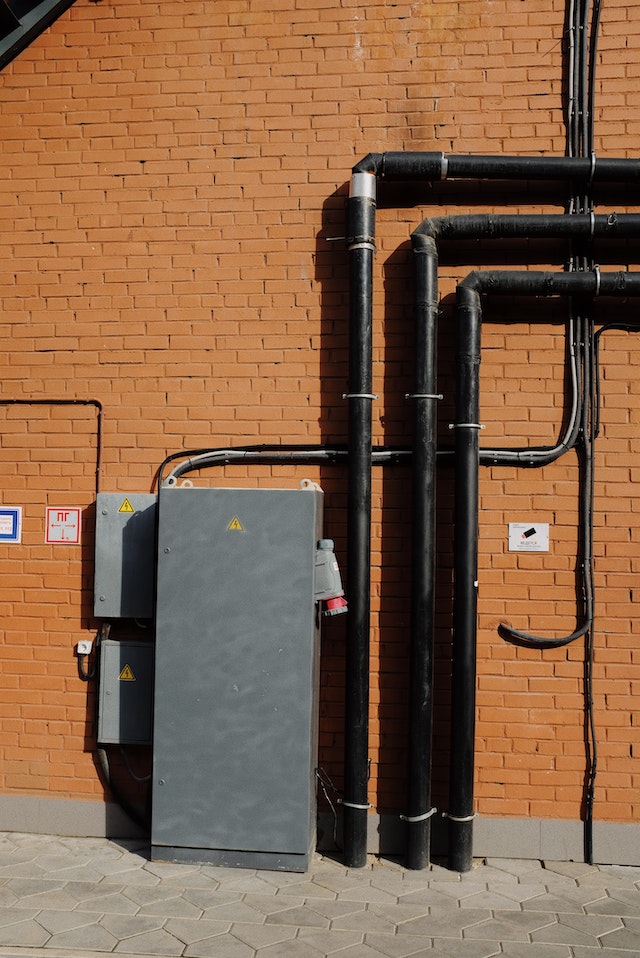The Lifeline of Australia: A Look at the Country’s Water Pipeline System

Water is life, and in Australia, it travels through an amazing network of pipes that traverse the country. This hidden infrastructure is what makes farming, industry, and everyday life possible. These steel arteries are very important for keeping societies alive, from the dry desert to busy cities.
But what does this system look like? How does it work when there is pressure? It’s more crucial than ever to know about our water pipeline system as climate change gets worse and demand rises. Come with us as we look at how Australia’s lifeline keeps our taps running and hear about its successes and problems along the way.
The Future of Australia’s Water Pipeline Infrastructure
The australian water pipelines infrastructure will have both chances and problems in the future. Climate change is changing the land, causing rainfall patterns to change and droughts to last longer in many places. We need to be flexible and come up with new ways to manage our water supplies.
Investing in technology might completely change how pipeline networks work. Smart sensors and IoT devices might help keep an eye on flow rates, find leaks more quickly, and make distribution networks perform better. These kinds of improvements can make things more sustainable while making sure that communities have access to clean water.
The future of these important buildings will also depend a lot on what the government does. Federal, state, and local governments must work together to come up with plans that meet present demands and are ready for possible catastrophes.
People will also become more aware of the need to save water. People who are well-educated could call for better management methods or more money for current infrastructure.
Australia’s approach to managing water pipes needs to change as the country adapts to new environmental realities. Focussing on resilience can help these lifelines stay strong enough to support future generations in a climate that is always changing. There are many problems that Australia will have to deal with in the future, but taking action now could make the country’s water supply system better in the future.

What Australia’s Water Supply Looks Like Right Now
There are a lot of problems with Australia’s water supply. It is very important to take care of this valuable resource because there are large dry areas and rain patterns that change. Population expansion is making many cities and towns more popular.
Droughts happen more often now, which puts additional stress on systems that are already in place. The levels of reservoirs change, which affects both farms and homes. Some areas depend a lot on groundwater sources, which are running out quicker than they can be refilled.
Another worry is the quality of the water. Many rivers and streams around the country are polluted by runoff from farms and factories. To make sure that drinking water is pure, treatment plants need to be watched and money needs to be spent on them.
New technologies are being developed to deal with these problems. Desalination facilities give coastal towns other options, and rainwater gathering is becoming more popular in rural regions. Australia’s future resilience against the effects of climate change depends on its ability to manage this important resource in a way that is sustainable.

The pros and cons of water pipelines
Water pipelines are like the main roads that connect Australia’s huge landscapes. They bring fresh water from faraway places to cities, which helps communities grow.
One big plus is that it’s dependable. Pipelines make sure that people can always get clean water, even when there isn’t much rain. This infrastructure helps the economy by supporting agriculture and industry.
But there are big problems ahead. Maintaining and upgrading old systems often costs a lot of money. Leaks can happen, which wastes valuable resources and affects supply.
Building pipelines also raises environmental problems. Changes to natural ecosystems can cause ecological imbalances that threaten biodiversity.
New technologies can help, but they also cost money. Governments and other interested parties still have to find a way to balance new ideas with limited budgets.
Public opinion is also important; when new projects are proposed or current ones are extended, they need to be accepted by the community. In this situation, honest communication is necessary for things to go forward.








